Innovation and sustainability aren’t just ideals—they’re the foundation of Safe Water Network’s lasting impact. In previous years, we organized this report by geography, reflecting our deep presence in Ghana and India. But as we prepare to expand—within countries and across borders—we’re shifting to an activity-based structure that highlights the operational and financial innovations at the heart of our work.
While this year’s report emphasizes such innovations, they represent only part of our broader strategy. Our commitment to strengthening local systems also includes policy engagement, technical assistance, and sector-wide collaboration—efforts that are foundational to scaling solutions that last.
By focusing on operations and finance in this report, we spotlight how Safe Water Network continues to adapt, improve, and innovate—building the capabilities needed to deliver safe water access more efficiently, affordably, and at greater scale.
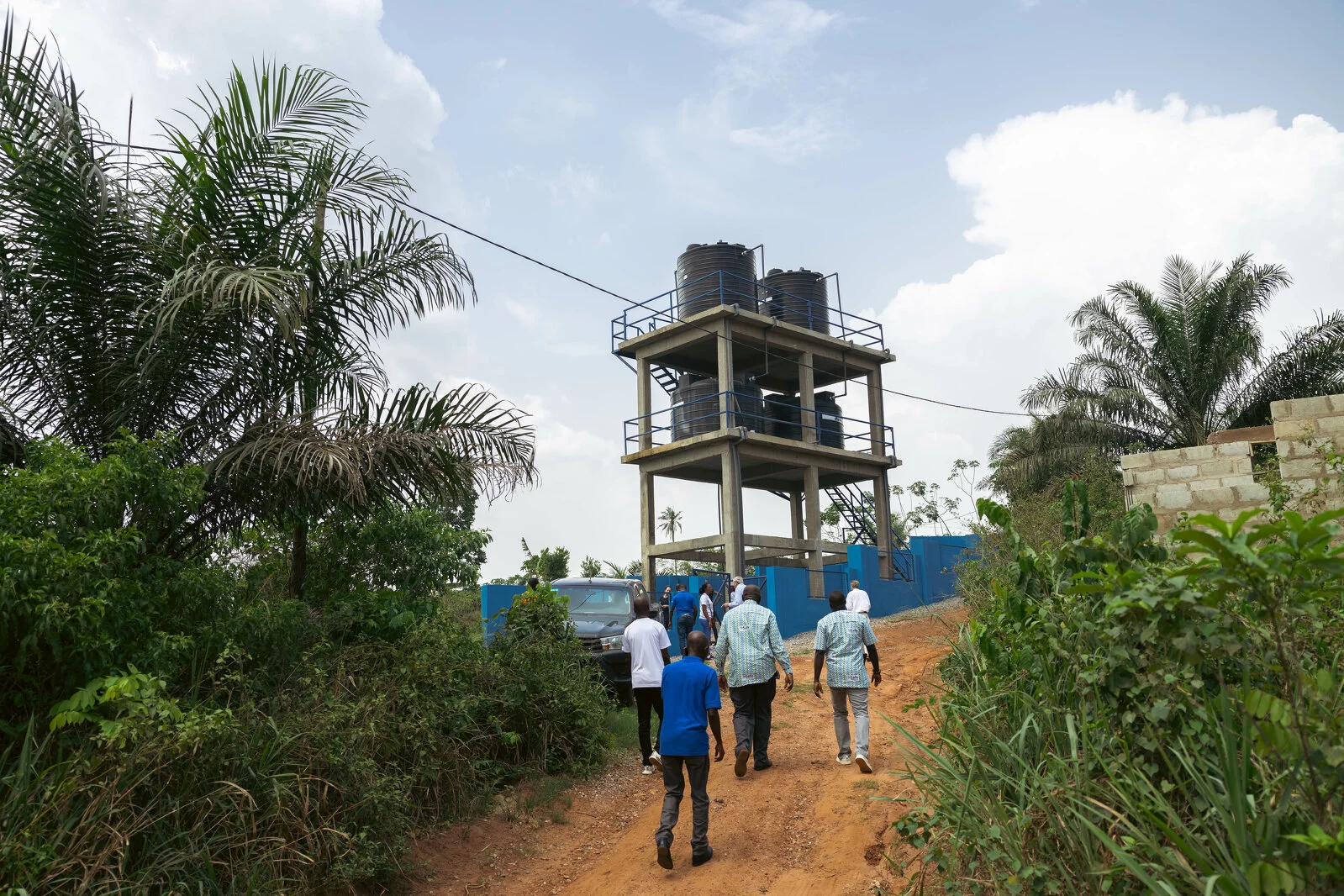
FROM THE DESK OF THE CHAIRMAN OF THE BOARD
Dear Friends,
Thank you for your continued support of Safe Water Network. I’m honored to step into the role of Chairman, following in the footsteps of Steve Zide and Josh Weston—two visionary leaders whose dedication helped shape our mission and momentum.
I’ve served on the board for eight years while working at PepsiCo, and as CEO of Albertsons Companies. During that time, I’ve been continually inspired by the ingenuity and resolve of our teams in Ghana, India, and New York. Growing up in India, I saw firsthand how water scarcity affects every part of life. That experience continues to drive my commitment to this work.
Safe Water Network delivers more than safe water access. We elevate the communities we operate in, and we support governments and partners with policy guidance, technical expertise, and practical tools. Through thought leadership, capacity building, and collaboration, we’re strengthening the sector and driving impact at scale.
As we look toward our 20th anniversary in 2026, we remain focused on scaling solutions that last—leveraging innovation, sustainability, and strong partnerships to ensure safe water access for millions.
Thank you for being part of this journey.

Vivek Sankaran
Chris Williams, CEO Safe Water Network
To: Partners, Donors, and Friends
SUBJECT: Scaling Impact Where It’s Needed Most
Thank you for your continued support and interest in our work.
This past year—my first full year as CEO—has been one of progress and purpose. I’m inspired every day by our teams in Ghana, India, and New York. Their deep knowledge and relentless drive have allowed us to expand community water access while advancing broader sector efforts.
In addition to strengthening our Safe Water Enterprises, we’ve deepened our work in water security through integrated water resource management, advised governments on water policy, and provided technical support to public and private implementers. These efforts help shape resilient systems and extend our impact far beyond the communities we serve directly.
Despite global uncertainty and climate pressures, I remain optimistic about the future of our contribution to the water sector. The strength of our decentralized networks, the durability of our model, and the continued partnership of supporters like you offer me much hope. As we grow in Ghana and India and prepare for new opportunities in Africa and Asia, we are building the capacity and partnerships needed to meet the moment—and the future.
Warm regards,
Chris
Get a firsthand look at how we operate in the field with our new 360° video experience. Originally designed for VR headsets, this immersive format lets you explore the environment by simply moving your cursor—showcasing how we’re innovating not just in water solutions, but in how the people driving these solutions tell their story.
As we expand our reach and impact, we’re advancing how we measure success with a comprehensive results framework. This captures indicators for water access, quality, reliability, equity, financial sustainability, and consumer satisfaction—along with downstream effects in education, health, job creation, and women’s participation. These metrics enhance accountability and help quantify long-term value for communities, partners, and funders, while aligning with global social return on investment standards.
Scale and coverage of water access interventions, measuring the number of people with access, communities reached, and geographic expansion.
Sustainability and adaptive capacity of systems, communities, and institutions to maintain services and respond to challenges.
Inclusive engagement of diverse stakeholders, especially marginalized groups, in governance, operations, and program design to ensure equitable access.
Social, economic, and environmental outcomes from water investments include improved health, cost recovery, and broader community development.
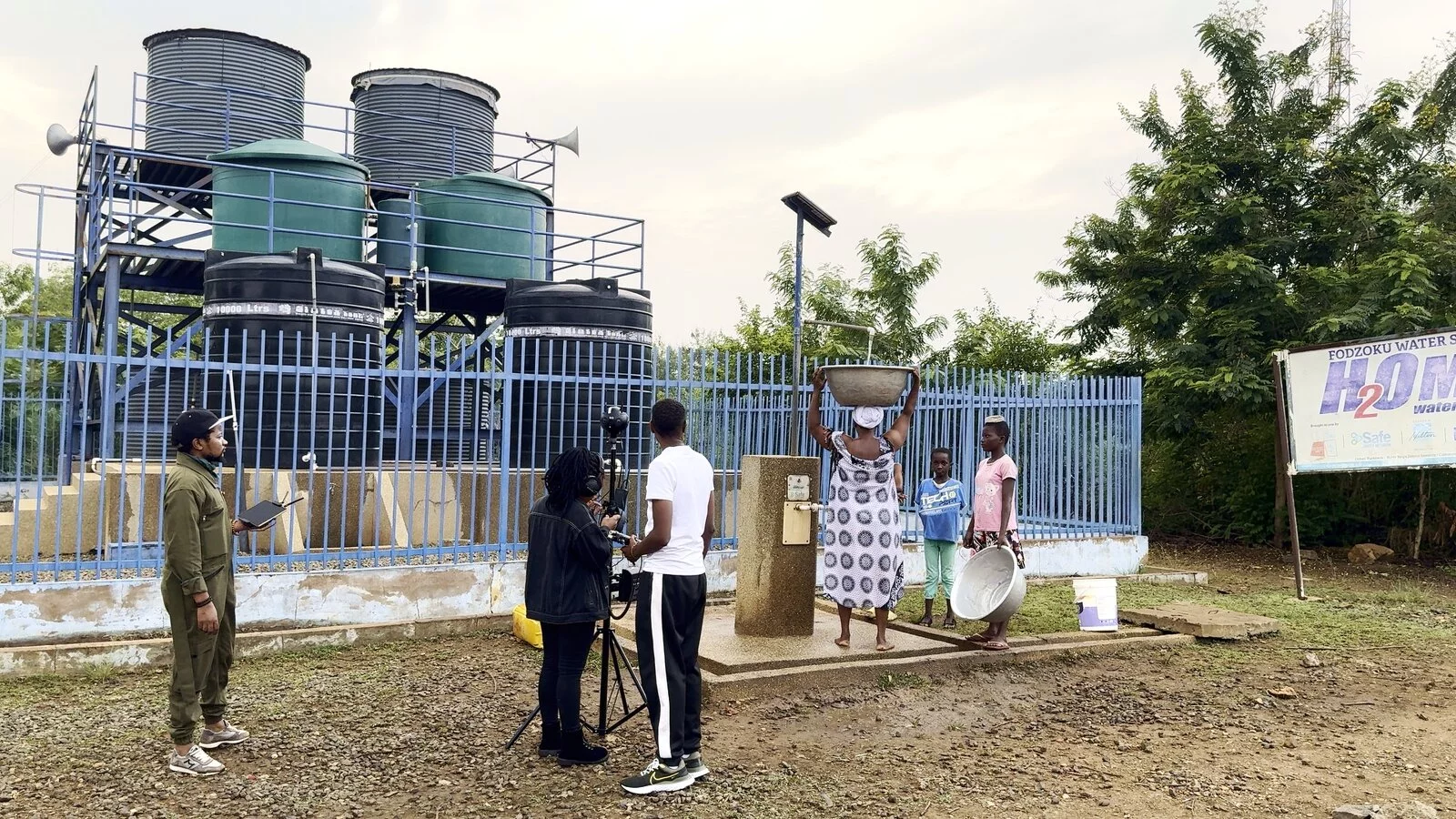
Scale and cumulative coverage through direct access (SWN-coordinated water solutions) and indirect access (policy, advocacy, and technical assistance to governments and other implementers), measuring total impact.
2+ million
people continued to have safe water access through community-led water stations

More than 2 million people in 600+ communities in Ghana and India access affordable safe water through locally managed stations, remote kiosks, household connections, schools, and clinics developed with Safe Water Network. Many systems have run 5–15+ years; sustainability is the defining feature of our approach.
47+ million
people gained safe water access through our technical assistance programs

We have 400+ water professionals based in Ghana and India. Through training, technical assistance, and collaborations like the SEWAH Alliance (India) and the SWE Alliance (Ghana), we support governments and partners, contributing indirectly to safe-water access for more than 47 million people.
60+ million
people gained safe water access through sector engagement and policy advisory

In both Ghana and India we have provided input into their respective national water policies, and in the case of India, we helped guide public investment of 90 billion US dollars for direct-piped access to homes across rural India.
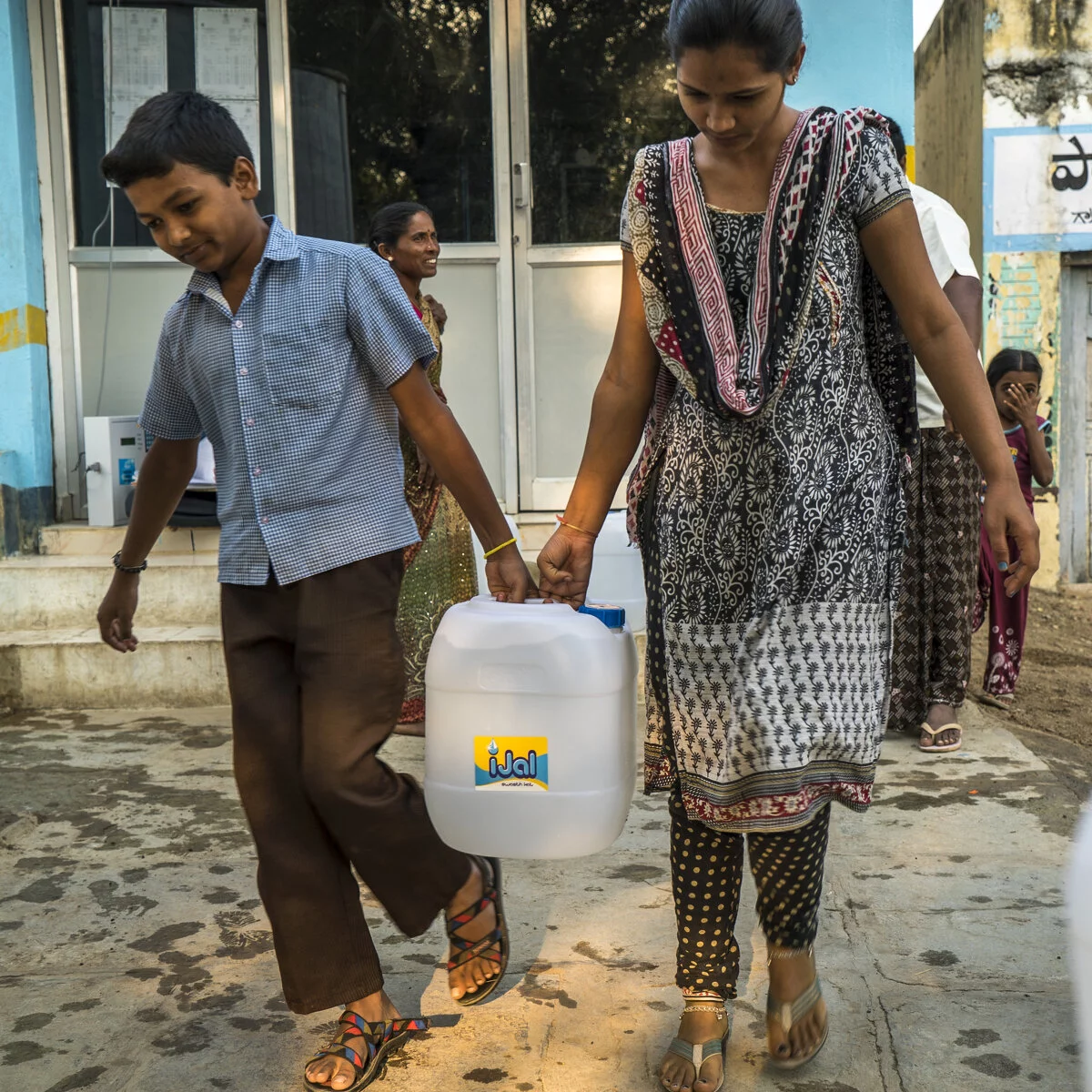
We charge a nominal tariff to cover operating costs. Revenue growth signals increased safe-water use (community health) and stronger collections (station financial health).
502m
Liters in Ghana (2024)
The growth of Ghana's direct-piped connection program (learn more in our Leveraging Capacity story) has resulted in greater use of safe water for not only drinking/cooking, but for bathing, washing, and other household chores.
778m
Liters in India (2024)
In India, iJal users typically use safe water only for drinking and cooking because they fetch it from community stations—strategically placed for access but not direct-piped.
600+
Communities now served
We now provide affordable access to over 600 communities in Ghana and India. This includes dispensing water via stations, kiosks, direct-piped household connections (Ghana), and ACOM systems (India).
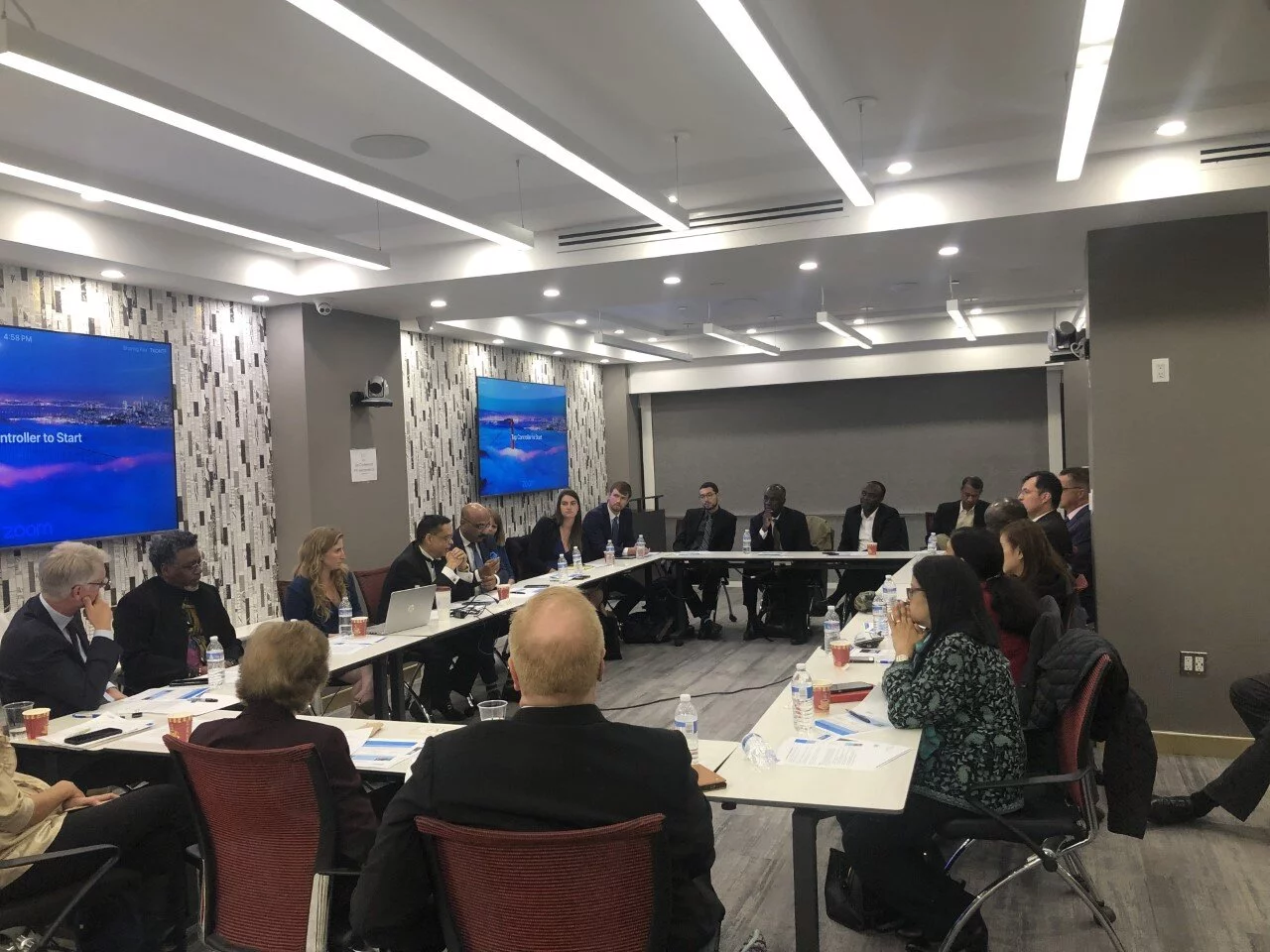
Uniting like-minded organizations to accelerate impact through collaboration, shared learning, and coordinated action—both locally and globally. SWN leads some alliances and participates in others, such as the UN Global Water Operators Partnership Alliance.
43
organizations in the SEWAH Alliance
SWN India acts as the secretariat of the SEWAH alliance. Its members collaborate, network, and share best practices to elevate the alliance's capabilities.
7
organizations in Ghana's Safe Water Alliance
The Ghana Safe Water Enterprise Alliance, established in '21, appointed SWN as Secretariat, strengthening coordination among its member organizations. The Alliance drives innovation, joint procurement, and policy engagement, aligning efforts with government agencies to improve water sector efficiency, collaboration, and sustainable impact nationwide.
22
thought leadership, facilitations, and convening
Besides the annual Beyond the Pipe Forums held in Ghana and India, SWN hosts workshops and side events at conferences like SIWI and the Global Water, Energy, and Climate Change Congress (in Bahrain) to share our findings as well foster an environment for collaboration.
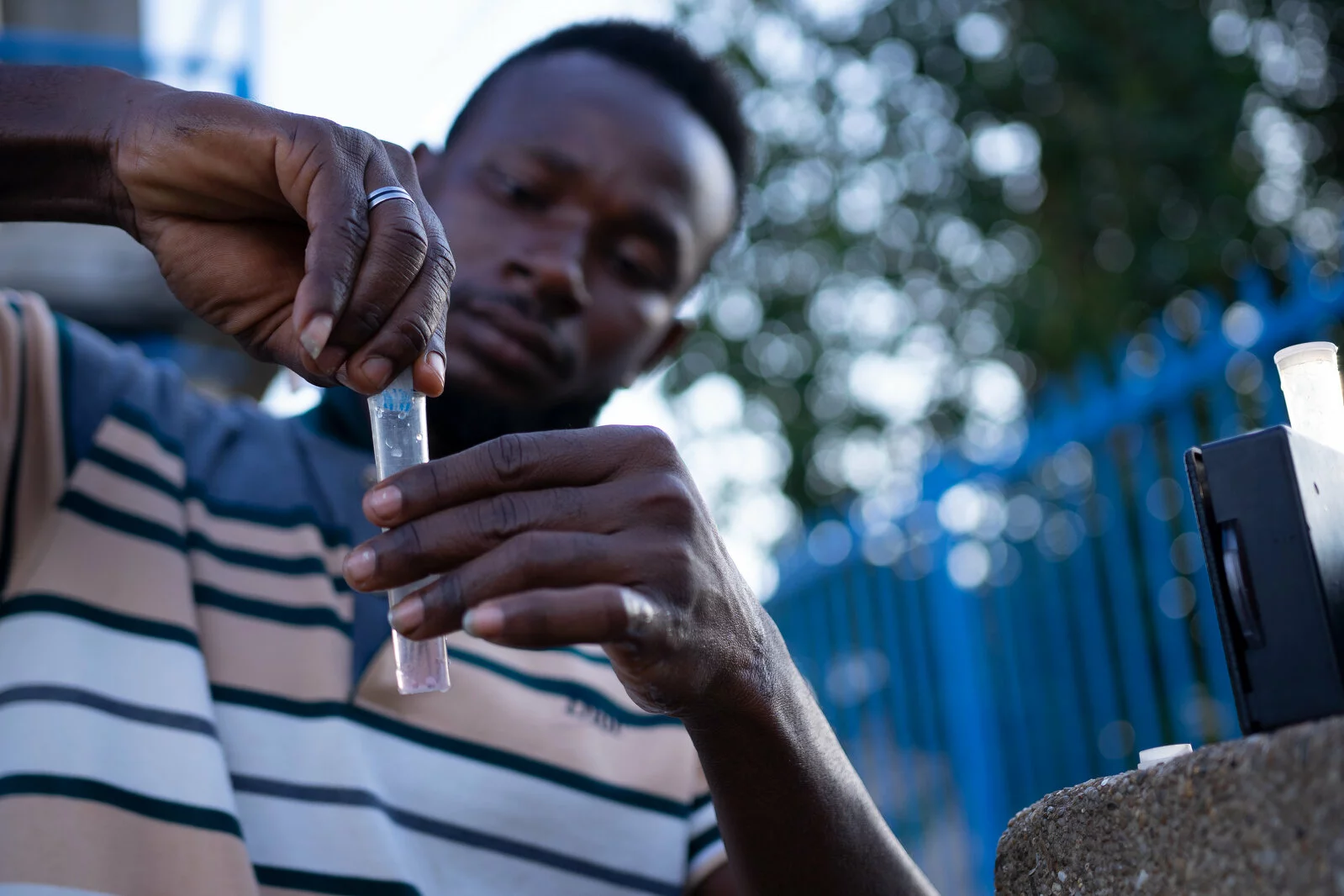
Water-borne diseases remain a leading cause of illness and death in areas without safe water. Safe Water Network’s system design is tailored to local conditions to remove region-specific contaminants. Our testing protocols and data monitoring ensure that water consistently meets or exceeds national standards—an approach recognized as best in class by sector experts.
25+
water quality parameters tested
Our water quality control measures were developed in conjunction with Underwriters Laboratories in India and the Water Research Institute in Ghana. Nearly 500 people were trained in 2024.
365
daily on-site water quality testing
Besides daily-onsite testing, water is regularly sent to independent local laboratories for thorough analysis quarterly to ensure water meets national water standards (Ghana and India ACOM; iJal stations biannually).
98%
stations meet or exceed national standards
Our rigorous daily testing in conjunction with our quarterly third-party evaluations ensure that we maintain national water standards. Rapid response protocols are in place to address rare deviation occurrences.
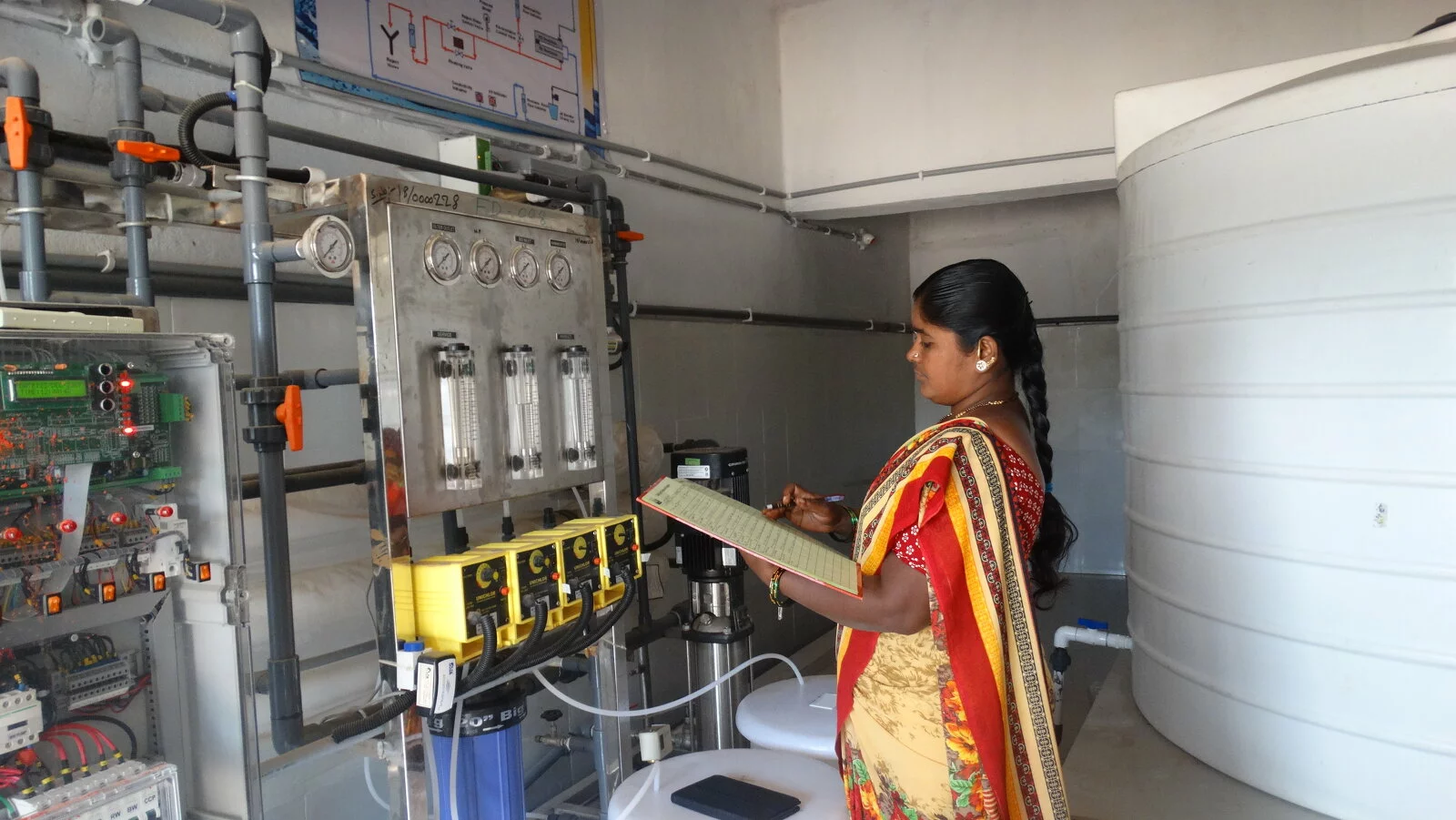
We are committed to strengthening our community-led stations to ensure long-term, affordable access to safe water. Unfortunately, many well-intentioned initiatives fail due to operational or financial challenges, but Safe Water Network’s stations launched before 2013 continue to operate reliably today. Learn more about what makes our model sustainable later in this report.
402
Stations more than 5 years old
While over half of rural and peri-urban water projects fail within a few years, our systems endure: 80 of 402 stations are more than ten years old, and several are over fifteen—still delivering affordable, safe water.
96%+
Station Uptime
We keep safe water flowing using state-of-the-art technology including solar energy and remote sensors. Real-time data on hundreds of stations is available to operators, regional, and national managers.
2 hours or less
Operator response time
Our digital platform flags issues to operators in real time, enabling quick fixes so customers can access safe water virtually anytime. We serve customers—not beneficiaries—so we respond promptly to keep them satisfied.
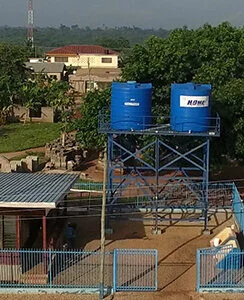
A leading contributor to station failure in the water sector is the inability to cover operating costs and maintenance. For this reason, water stations supported by SWN are cost-effectively designed and field tested to cover operating costs, as well build a reserve for on-going maintenance.
84%
India's Revenue Sustainability Ratio
Revenue Sustainability Ratio (RSR) is the share of a station’s local operating costs covered by water revenue—calculated as revenue ÷ cash OpEx (excluding grants, capex, and depreciation).
70%
Ghana's Revenue Sustainability Ratio
Revenue Sustainability Ratio (RSR) is the share of a station’s local operating costs covered by water revenue—calculated as revenue ÷ cash OpEx (excluding grants, capex, and depreciation).
10
# of Standard Operating Procedure Modules
These modules equip local operators to maintain systems and water quality, deliver customer service that sustains operational and financial stability, and make scaling more cost-effective.

Our approach is grounded in the belief that safe water is a fundamental right. Yet nearly two billion people still lack affordable, reliable access—many living in conditions of extreme poverty.
57%
of iJal stations are managed by women
This percentage includes operators, managers, vendors, and customer relations officers in Ghana and India.
427
safe water committees
These committees include community members and self-help groups who take ownership of drinking-water management, pond restoration, biodiversity enhancement, and wetland conservation. They also uphold quality standards and ensure fair, equitable access.
2 - 6 cents / 20 Liters
An affordable price for 20 liters of safe water (2 cents/Ghana; 6 cents/India
Consumers pay a modest tariff that covers operating costs and routine maintenance; without it, stations cannot deliver reliable safe water long term. In Ghana, we are piloting subsidies for households in extreme poverty.
Delivering safe water at scale requires relentless focus on performance. We are continuously evolving our systems, training, and service models to improve reliability, reduce costs, and enhance user experience. Whether piloting new customer engagement strategies in Ghana or strengthening utility partnerships in India, these operational improvements share one goal: to make safe water access sustainable and self-sufficient for communities over the long term.
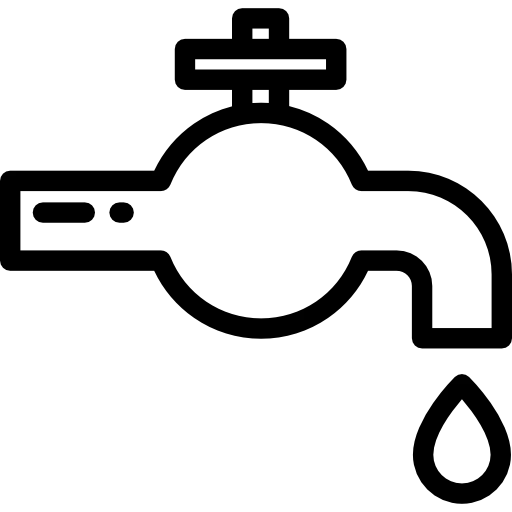
Scan the QR code on the flyer below with your phone to hear local-language testimonials from Ghanaian households about the convenience of direct-piped water at home. Our sales team pairs a simple flyer with short, neighbor-to-neighbor stories that make the benefits tangible and build trust. This low-cost, tech-enabled approach accelerates sign-ups and showcases the everyday impact of safe water delivered to the doorstep. We also track scans and referrals to target follow-ups and measure conversion.
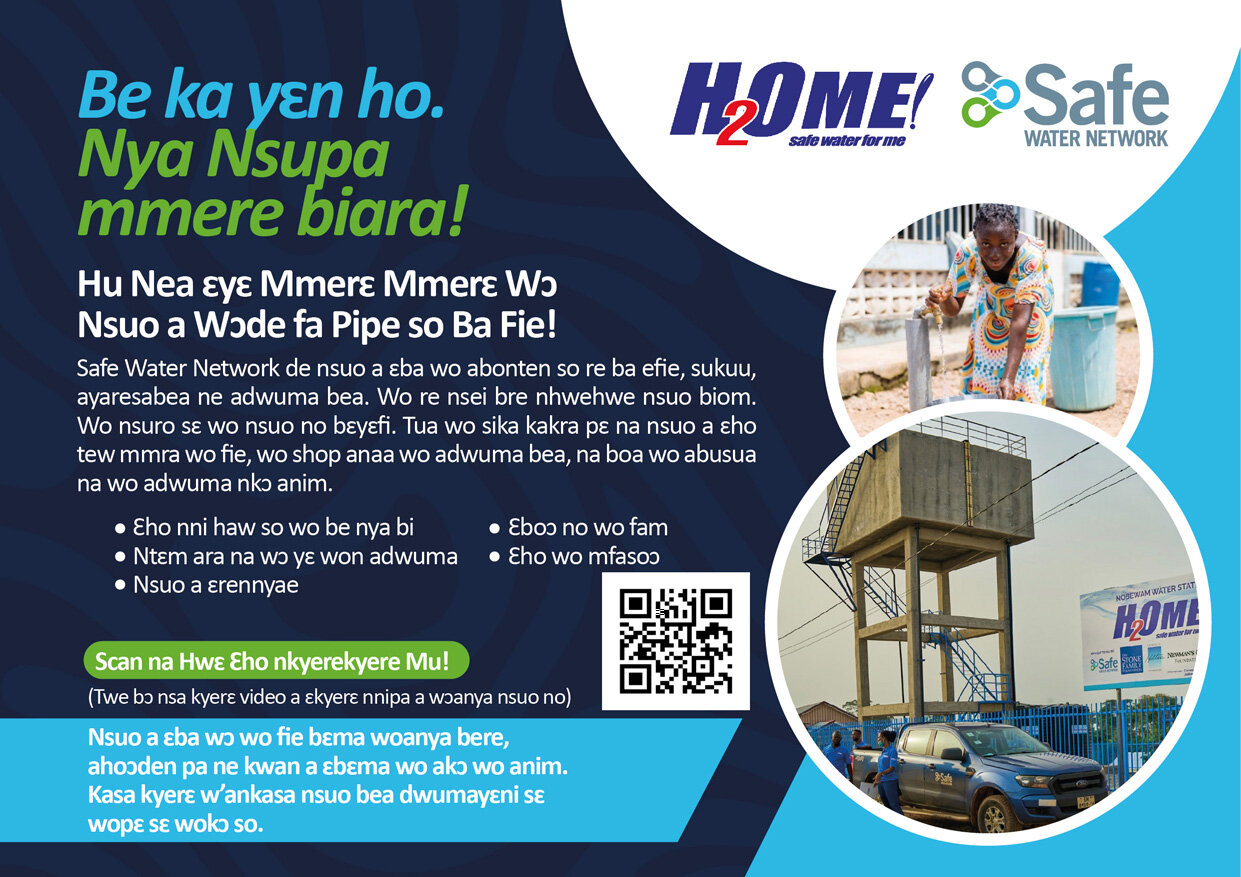

Sustainability also demands smart financing. In response to inflation, currency volatility, and affordability challenges, we are advancing new financial mechanisms that support both consumers and operators. From mobile money platforms to subsidy pilots and stable coin trials, these innovations are designed to expand access while reducing long-term dependence on donor funding. Safe Water Network embraces enterprise-driven approaches that prioritize efficiency, accountability, and long-term viability.

Safe Water Network advanced its global influence through new alliances and policy engagement. At Bahrain’s Global Water, Energy, and Climate Change Congress, SWN joined the Leadership Roundtable and began partnerships with Gulf institutions, including the Bahrain Electricity and Water Authority, ACWA Power, Climate Yields, and the Saudi Fund for Development, to expand safe water access in Africa.
SWN joined the United Nations Global Water Operators Partnership Alliance (GWOPA), showcasing decentralized Safe Water Enterprises (SWEs) in Ghana and India, and opening new avenues for technical assistance and joint programming.
In Ghana, SWN now serves as Secretariat of the SWE Alliance, aligning members like Project Maji and World Vision to coordinate investments, share technologies, and strengthen government engagement.
In India, SWN was invited by NITI Aayog to the Aspirational Districts and Blocks Initiative, contributing water solutions to 40 underserved Blocks and piloting government O&M funding for rural water systems.

Strategic Initiative
Safe Water Network has launched a strategic exercise with Bain & Company to strengthen its focus and enhance effectiveness in a rapidly evolving development landscape. Bain’s analysis of the water sector, SWN’s positioning, and financing models will inform future growth, accelerate fundraising, and expand impact across Africa and Asia.

The Campaign for Safe Water
In partnership with Global Citizen, SWN will mobilize resources for safe water by bringing together the creative arts community with the fashion, technology, automotive, and hospitality sectors, transforming awareness into action through innovation and collaboration. The campaign aims to raise $100 million for safe water solutions and will coincide with SWN’s 20th anniversary celebration in 2026. Global Citizen is an advocacy organization with unparalleled reach committed to ending poverty.
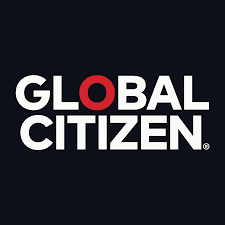
The partnership will bring sponsors, funders, and allied water organizations to the table to scale proven, affordable solutions for the two billion people who still lack access. First events are planned for Spring 2026. 
Financing Water Infrastructure
To advance financing for water infrastructure, SWN will collaborate with foundations, investors, and local banks to develop loan products for high-performing water stations in Ghana, while in India, it will partner with Philo Ltd (BWT) to distribute safe water recovered from food processing plants. In Ghana, collaboration with Climate Yields will enable carbon-financed expansion of household water connections.
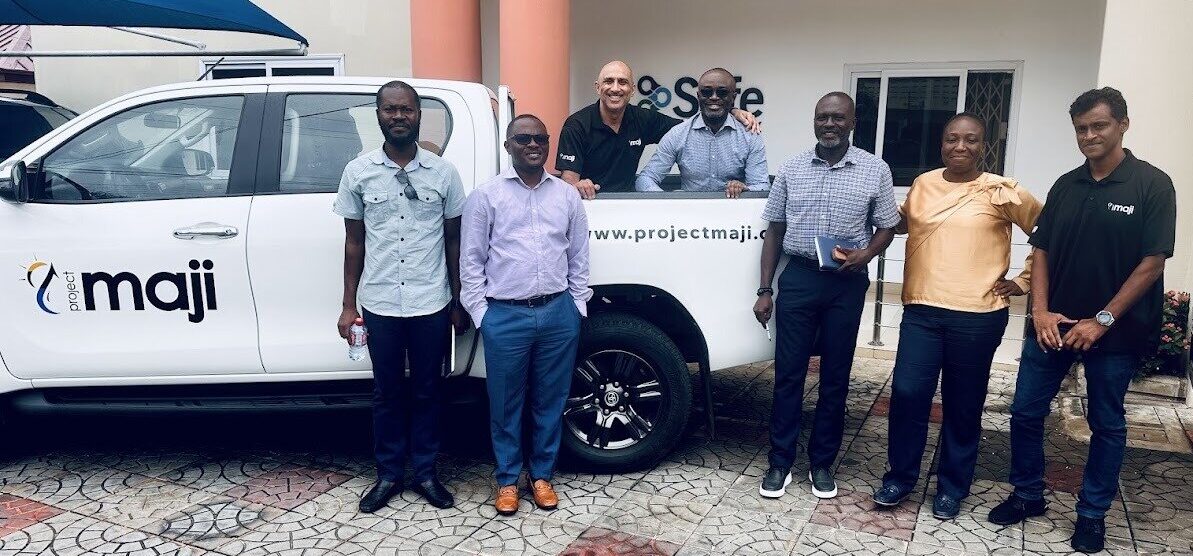
Development Cooperation
SWN will also deepen engagement with bilateral development agencies in Europe and the Gulf, forging multi-year partnerships focused on water access, quality, and sustainability—further positioning these governments within the Global Citizen–SWN campaign to drive long-term commitments for safe water.
Water Safety and Access
Safe Water Network India will continue to expand its reach and improve its impact. By the end of 2026, we aim to commission 75 new iJal Stations in Gujarat and Karnataka, bringing the total network to over 425 stations.

We will also extend our Automatic Chlorination and Online Monitoring (ACOM) systems across Karnataka and pilot the program in Haryana.
Building on the school WASH programs highlighted in the Operational Innovation Story “Leveraging Existing Station Capacity” in this Impact Report, we plan to install 14 new Point-of-Use Filters in schools across Uttar Pradesh over the next twelve months.
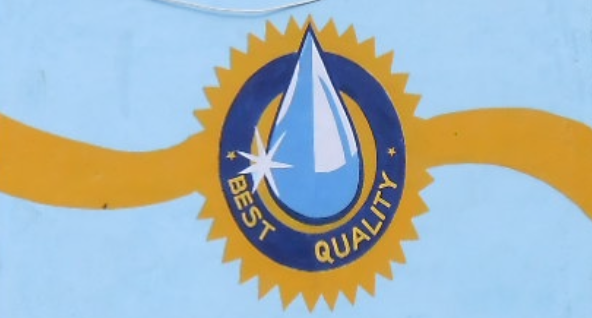
Strengthening Station Performance and Customer Experience
We will leverage technology to enhance service reliability, market reach, customer experience, and water quality. This includes advancing innovations that improve safety, operational efficiency, management systems, infrastructure durability, and equitable access.
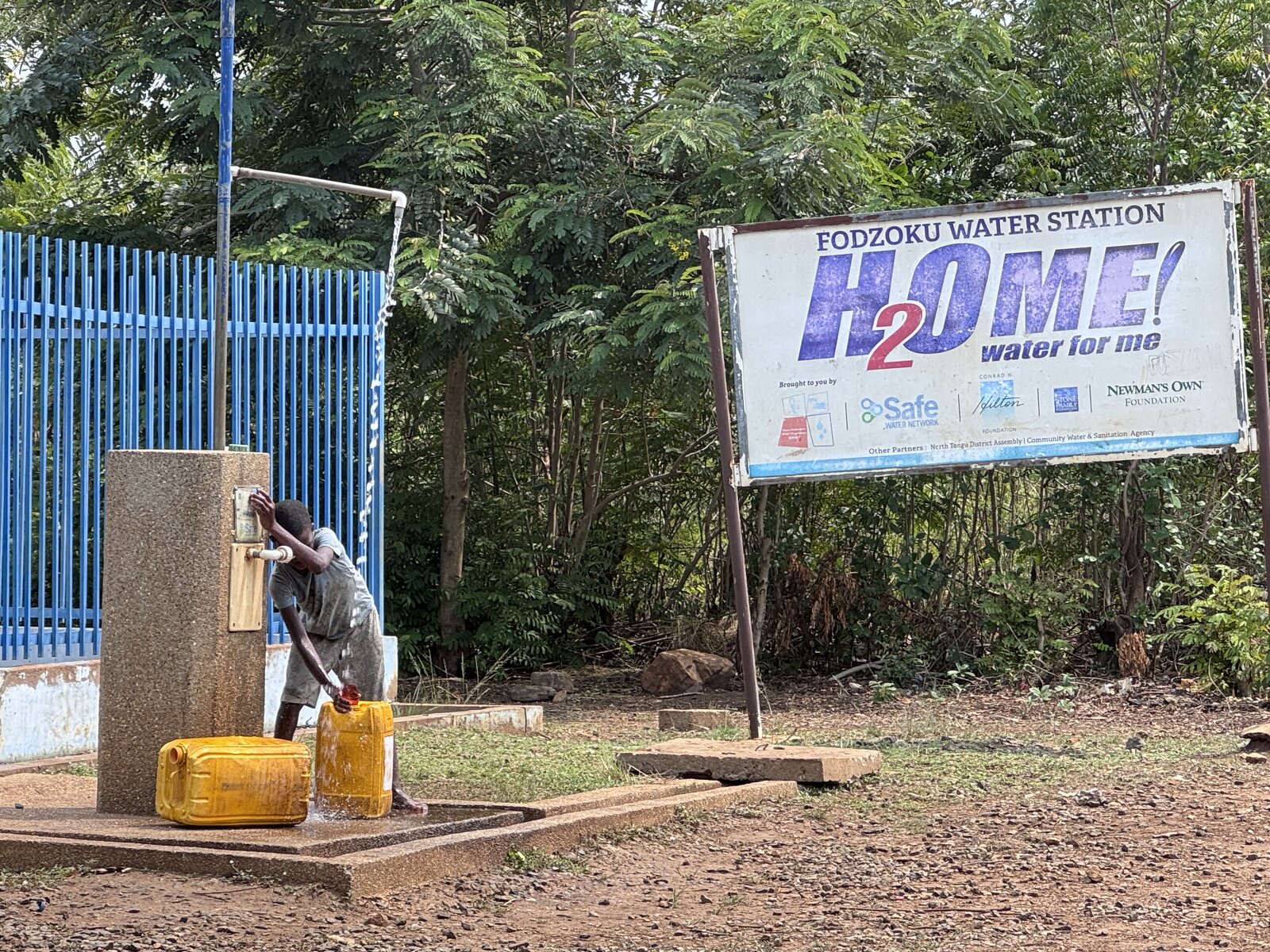
Expanding Technical and Advisory Services
Building on our field experience and emerging technologies, we will continue to provide technical assistance and advisory support to other water service providers, across public, private, and international organizations, to promote best practices and sustainable operations.
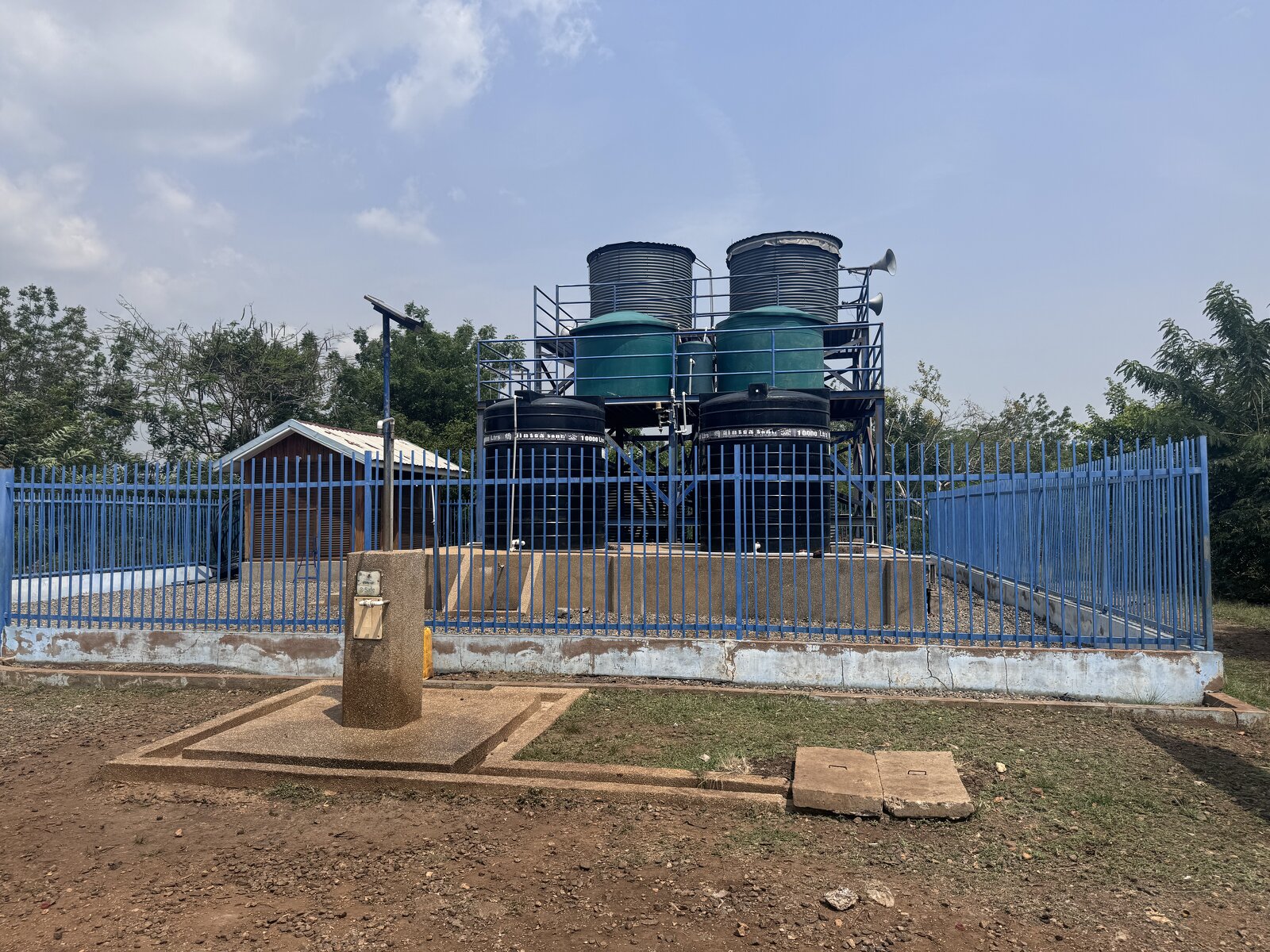
Driving Collaboration and Regional Impact
We will foster partnerships through alliances and support government efforts on policy and regulatory frameworks that enable effective water solutions. At the same time, we will explore opportunities to expand our impact across Africa through regional technical and policy advisory services, global partnerships, and the establishment of select sub regional and country programs.
Together, these efforts will position us to strengthen water systems, promote innovation, and expand access to safe and reliable water services across Ghana and beyond.
Water Security
Building on initiatives featured in the Operational Innovation Story “Preserving Water Sources,” Safe Water Network India will advance its Vasundhara Programme, with a focus on source sustainability, environmental resilience, and biodiversity enhancement.
Our efforts will strengthen water security in Maharashtra, Karnataka, and Haryana through:
These initiatives will enable over 300 million liters of water harvesting and recharge potential from restored water bodies.
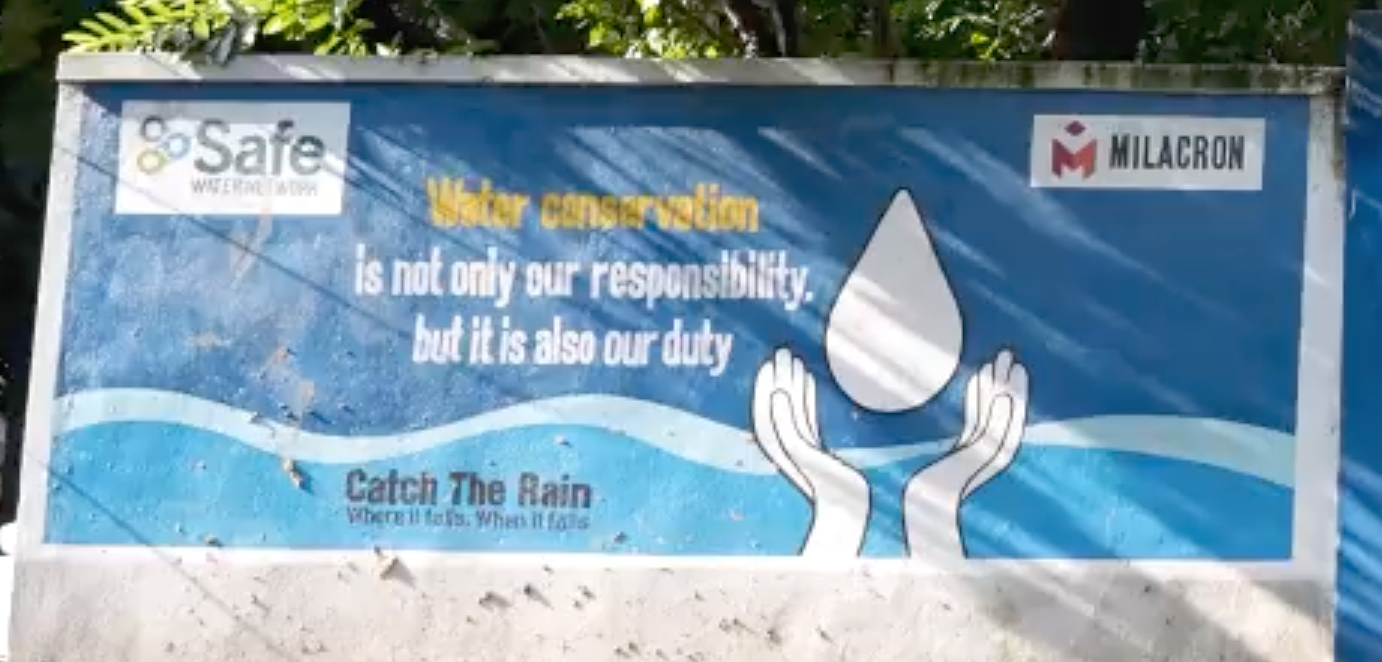
Additionally, we will build the capacities of more than 4,000 farmers across 5,000 hectares for land restoration and water stewardship. More than 135 forest, wetland, and biodiversity committees will be established to promote sustainable practices and enhance local ecosystems.
Before Pond Rejuvenation Intervention
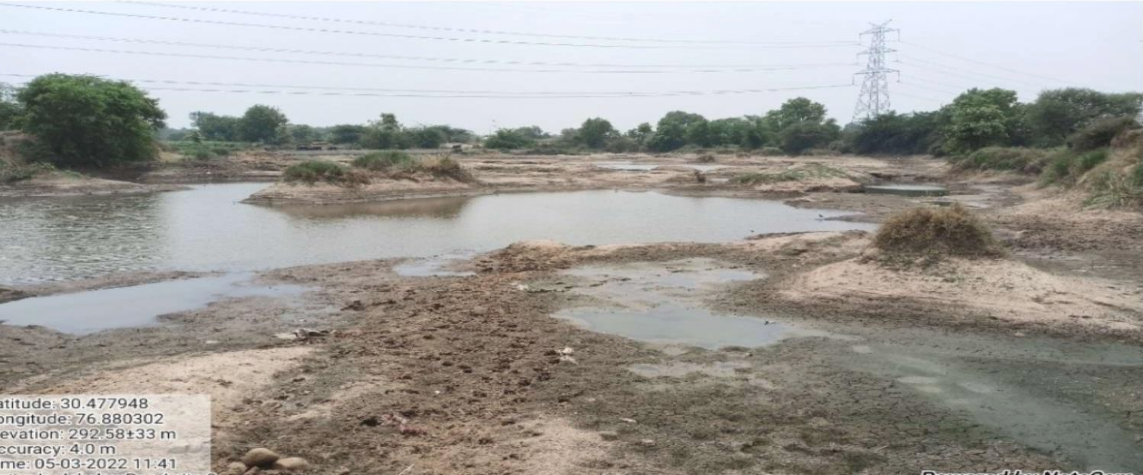
After Intervention
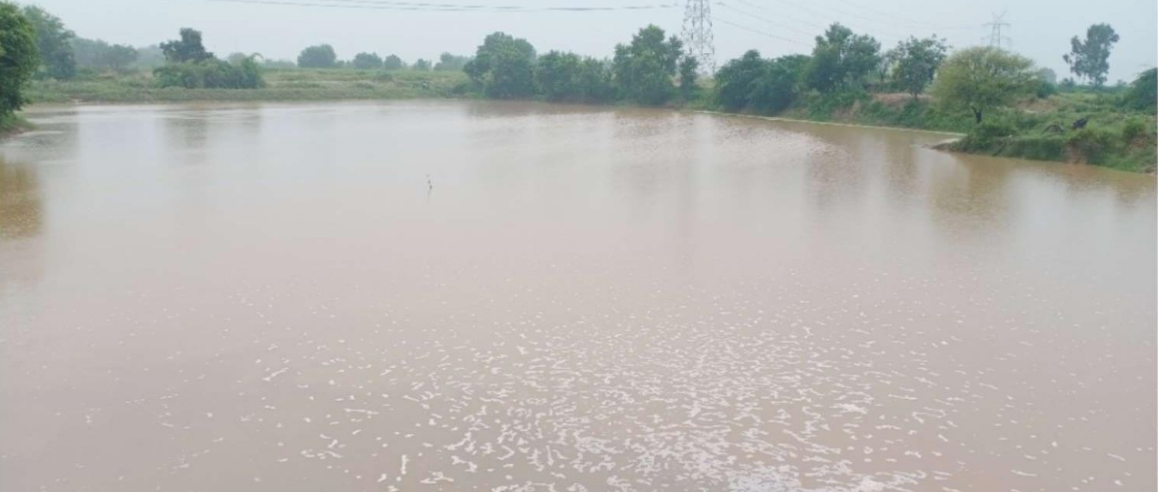
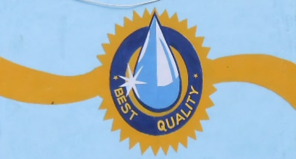
As this report reflects, Safe Water Network’s impact continues to grow—through innovation, collaboration, and the commitment of partners who share our belief that safe water transforms lives. Together, we’ve expanded our reach, deepened our local partnerships, and strengthened the systems that make clean, affordable water possible for millions.
As we look ahead to our 20th anniversary in 2026, we’re proud of the steady, often behind-the-scenes work that’s brought us here. Staying under the radar allowed us to refine our approach and ensure it could stand the test of time—community-owned, financially sustainable, and scalable.
Now, through our partnership with Global Citizen, we’re poised to amplify that impact on a global stage, mobilizing new partners and resources to bring safe water to millions more.
We remain guided by the vision of our founders—Paul Newman (Actor), John Whitehead (Goldman Sachs), and Josh Weston (ADP)—whose belief in practical, scalable solutions continues to inspire us.

Above all, we are deeply thankful to the many individuals, partners, and supporters who continue to believe in our mission and invest their time, expertise, and resources in this shared effort. Their commitment fuels our progress and keeps us focused on the promise of what’s possible.
Together, we are proving that safe water isn’t charity—it’s the foundation for opportunity, dignity, and progress.

We are engineers, health experts, development specialists, and business professionals, working together to drive impactful change through safe water initiatives.